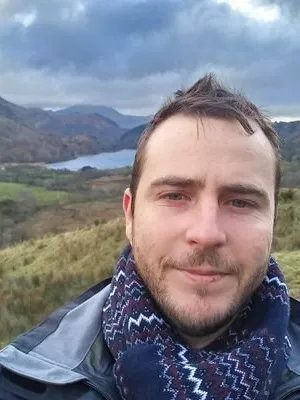
Guy Jackson
Guest researcher

Perceptions of disaster temporalities in two Indigenous societies from the Southwest Pacific
Author
Summary, in English
Disasters are typically conceptualised as extreme events that disrupt the “normal” functioning of a society. Dominant framings imply temporal boundedness and nature as primarily responsible for environmental disasters. Yet, many critical investigations into the root causes of disasters have taken aim at their eventfulness and naturalness through convincing analysis of the historical construction of vulnerability. Relatively underexplored, however, is the examination of the lived experiences and perceptions of disaster temporalities, which are mediated through culture and institutions. This paper explores the perceptions of disaster temporalities within two Indigenous societies in the Southwest Pacific: the Bedamuni of Western Province, Papua New Guinea and Emae Island, Vanuatu. Additionally, disaster management actors’ perceptions are explored within Vanuatu. Based on two separate research projects utilising ethnographic methods to understand disaster vulnerability, the findings suggest different perceptions of disaster temporalities. The Bedamuni have historically normalised periods of food insecurity, and even though hazards are of great concern they were, and to some extent still are, considered a cyclical feature of life caused by spirits and human conjuration. They also tied major recent disasters to their eschatological beliefs, which pre-date introduced Christian teachings. Emae islanders, with far longer sustained contact with Western societies (including aid and development activities), appear to now experience and perceive large-scale disasters (e.g., cyclone Pam) as abnormal, natural, and discrete events that are tied to climate change. Both cultures understand many aspects of their disaster vulnerability but are more likely to focus on response, similar to disaster management actors in Vanuatu.
Department/s
- LUCSUS (Lund University Centre for Sustainability Studies)
Publishing year
2021-04-15
Language
English
Publication/Series
International Journal of Disaster Risk Reduction
Volume
57
Document type
Journal article
Publisher
Elsevier
Topic
- Human Geography
Keywords
- Disaster temporality
- Ontology
- Religion
- Vulnerability
- Indigenous
- Pacific Islands
Status
Published
ISBN/ISSN/Other
- ISSN: 2212-4209